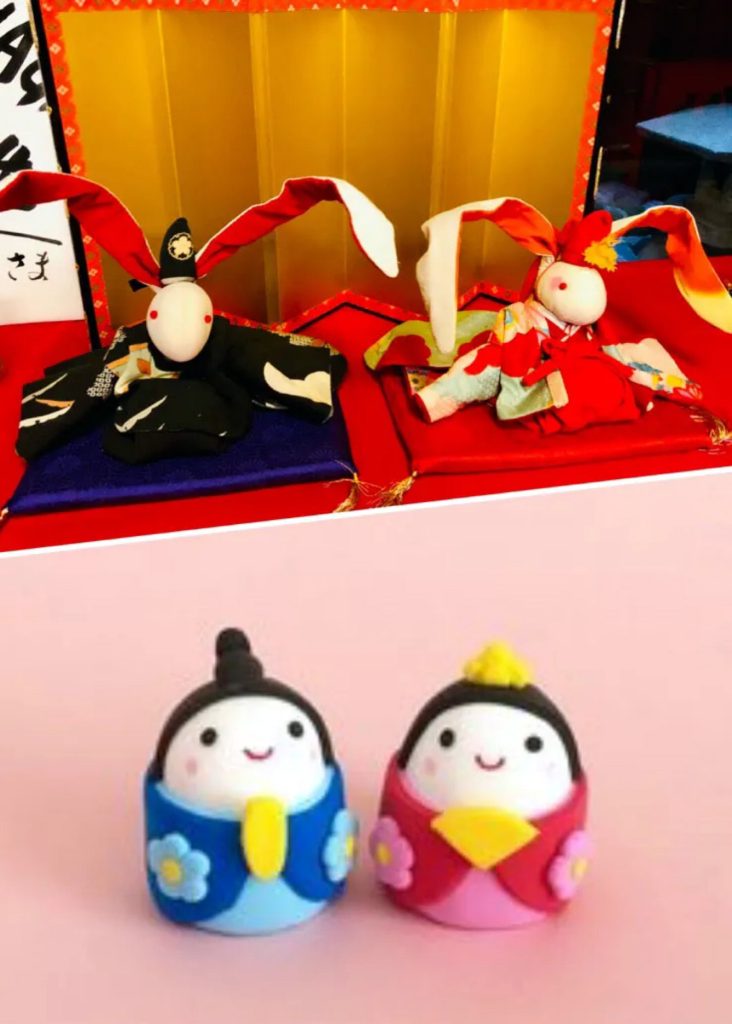
In Osaka City, there are five major avenues running north to south. In order from the east, they are Tanimachi-suji, Matsuyamachi-suji, Sakai-suji, Midosuji, and Yotsubashi-suji. Among these, Matsuyamachi-suji is the oldest and the only one without a subway running underneath. Its name originates, of course, from passing through Matsuyamachi. Officially pronounced as ‘Matsuyamachi,’ locals in Osaka affectionately call it ‘Matchamachi.’ Walking along Matchamachi today, whether you look to the right or the left, you’ll see nothing but advertisements and banners for Hina dolls.
Renowned doll shops line up along this street, making it the liveliest on weekends among the five avenues. Upon entering these shops, various sets of Hina dolls, both large and small, are neatly displayed. Some sets are priced at over one million yen, which can be quite overwhelming. The history of this street dates back to ancient times when roof tile craftsmen were gathered to rebuild the town that was reduced to ashes during the Siege of Osaka in the summer. The dolls that the tile craftsman made in his spare time became popular, and this is how the town of dolls began.
After World War II, tin toys made by local tinsmiths sold like hotcakes. With the rise of manga books as a trend, Osamu Tezuka’s statement, ‘Walk through Manga Town, Matchamachi,’ led to the proliferation of manga bookstores. Matchamachi has evolved into a town known for Hina dolls, May dolls, and manga.
大阪市には南北を貫く大通りが5本あります。東から順に、谷町筋、松屋町筋、堺筋、御堂筋、四つ橋筋です。この中で最も古くて唯一地下鉄が通ってないのが松屋町筋です。名前の由来はもちろん松屋町を通るからです。正式には「まつやまち」と呼びますが、地元大阪の人は親しみを込めて「まっちゃまち」と呼びます。
今この「まっちゃまち」を歩くと、右を見ても左を見ても雛人形の広告看板とノボリばかりです。名の通った人形店がずらりと並び、土日の賑わいは5本の大通りでは一番です。店に入ると大小様々な雛人形のセットがズラリと並んでいます。中にはワンセット100万円を超えるものもあり、圧倒されます。この通りの歴史は古く、大坂夏の陣で焼け野原になった町を復興する為に瓦職人が集められました。その瓦職人が片手間に作った人形が人気を呼んだのが人形の町の起こりです。
第二次世界大戦のあとは、近くのブリキ職人が作ったブリキのおもちゃがバカ売れ。わマンガ本がブームになると、手塚治虫が「マンガの街、まっちゃまちを歩くんだ。」と言ったことで、マンガ本屋がずらり。「まっちゃまち」は雛人形の街、五月人形の街、マンガの街に発展しました。
